From studies relating laboratory leaching test data with field observations by testing field cores and leachate analysis ( D.S. Kosson, H.A. van der Sloot, A.C. Garrabrants and P.F.A.B. Seignette (2014). Leaching Test Relationships, Laboratory-to-Field Comparisons and Recommendations for Leaching Evaluation using the Leaching Environmental Assessment Framework (LEAF) EPA-600/R-14/061) and more recent work in this area it is clear that in landfills, contaminated sites and construction applications local equilibrium and solubility control play a major role for many constituents of potential concern (COPCs).
This has led to a recommendation, to sample a given site at a number of spatially distributed locations and collect samples at various depths; analyse the collected individual samples with a single step batch test at own pH (e.g. EN 12457-2 or EPA 1316 at L/S=1 and 10); and then test a composite of all samples by EN 14429 or EN 14997 (EPA 1313) and EN 14405 (EPA 1314); placing the results of the individual samples in the graphical representation of the EN 14429 data and EN 14405 data respectively provides insight to what extent solubility control governs the respective COPCs. By performing geochemical modelling on the composite data for EN 14429 (or EPA 1313), release controlling phases can be identified, which allows to predict how long such a phase may remain controlling or under what circumstances solubility control is lost and changes in release due to field exposure conditions different from the laboratory test conditions may be expected (pH change due to carbonation, redox change, effects of DOC infiltration, etc.).
The below references and more can be found in the section: Leaching by material type
Case: Stabilized Municipal Solid Waste Incinerator Fly Ash Disposal (The Netherlands).
The basic characterisation of representative samples of the stabilized waste combined with spatially distributed samples from the site give a very detailed insight in the behaviour of the stabilized waste landfill and as such EN 12457-2 plays a key role in testing efficiently.
A pilot experiment with four stabilized waste compartments has been carried out in The Netherlands using cement solidified/stabilized municipal solid waste incinerator fly ash (van Zomeren and van der Sloot, 2006a; van der Sloot et al., 2007).Details of the stabilization formula are proprietary, but the formulation included portland cement and fuel ash derived pozzolans. Results are also available for the full-scale landfill receiving the same materials after ten years of operation (Keulen, 2010; van Zomeren et al., 2011). Laboratory results from pH-dependence testing (EN 14429) and percolation testing (EN 14405) on “as produced” cured and crushed material, along with laboratory monolith testing is compared to field pilot results based on leachate and batch leaching (EN 12457-2) of core samples after four years and full-scale landfill leachate and batch leaching (EN 12457-2) of core samples from the full-scale operation after 10 years of placement.
A schematic showing the design of the field pilot system is presented in Figure 1. Four hydraulically isolated test cells (Cells A to D) were used for the solidified/stabilized waste to examine the effects of waste depth, carbonation and mixing of stabilization formulations.
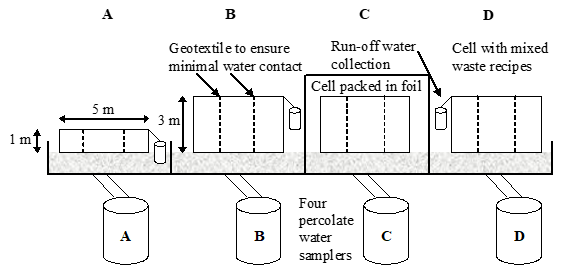
Figure 1. Schematic illustration of the front view of the pilot scale experiment using stabilized waste (from van der Sloot et al., 2007). Each test cell was 8 m long, and the space between test cells was filled with sand to maintain physical stability.
The waste was stabilized in situ in layers of approximately 0.5 m. Geotextile membrane was placed vertically at 1.5 m intervals to create preferential flow channels through the stabilized fly ash, facilitating infiltration flow around the monolith at the waste-geotextile interface rather than percolation through the material and thus establishing a “flow around” with diffusion to the interface scenario. A portion of the rainwater that falls on top of the stabilized waste evaporated because of the relatively high porosity of the surface layer and the low permeability (possibly even partial pore sealing) of the deeper layers in the stabilized waste monofill. A layer of mildly contaminated soil underlies the stabilized waste layer for protection of the bottom liner system.
After four years of operation, the four pilot landfill cells were visually inspected and demolished using a hydraulic excavator (van Zomeren et al., 2007). Bulk samples were taken at various spots within the stabilized waste and cores were drilled to sample detailed waste profiles. The three exposed cells (Cells A, B and D) were heavily weathered to a depth of 20-30 cm such that material could be easily removed with a spade. Cracking and swelling of the material was visible on the exposed surfaces. The outer first centimeter was light grey in color and then the material was dark grey to black to a depth of 20-30 cm. The material became much more solid below 40 cm depth. Plant roots grew in the stabilized waste to a depth from a few centimeters (Cell B) to 10-15 cm (Cell D). The material from Cell D (mixed waste) crumbled easily when removed while the material from Cell B below 50 cm was removed as blocks of about 20-50 cm in diameter that also crumbled readily under the bucket of the hydraulic excavator. The unexposed cell (Cell C) was visually unchanged in comparison with the initial condition after placement. The material was solid, grey in color and had no cracks or swelling. The unexposed material came out as large blocks (up to 0.5 m3) which did not break when they were dropped (on the sand) from 3-4 meter height. These blocks did break after (repeated) hitting with the bucket of the hydraulic crane. These observations clearly showed a significant difference in material properties (i.e., hardness, weathering, colour, cracking) between the exposed and unexposed stabilized waste.
A complete set of figures showing the results from the laboratory pH-dependent leaching tests and column tests along with results from the pilot-scale test cells and the landfill are provided in Kosson et al (2014).
In figure 2 the results are presented in the form of concentration as a function of pH (left graphs) including pH-dependent test results on freshly stabilized waste following a 28-day cure interval, composited core samples obtained after four years from test Cell B and test Cell C, single point extractions according to EN 12457-2 on test cell cores and single point extractions according to EN 12457-2 on landfill core samples for Cd, Mg, Pb and Zn. In figure 3 the measurements in leachates from the test cells and leachate from the full-scale landfill have been added.
The Cell B was carbonated to the greatest extent and sample pH varied from 11.5 in the samples taken from the bottom of the Cell to around pH 8.5 in the almost fully carbonated top layer. The open diamonds corresponding with the individual EN 12457-2 tests of core samples along the depth of the cell fall right on top of the pH dependence curve, thus illustrating that solubility control is very consistent in all cells and in the full-scale pilot. This illustrates how the release of substances will change at long term, if carbonation would occur.
The fresh stabilized material shows a leaching behaviour that is above the curves for the 4 year-aged material. This seems an in-situ further stabilisation with mineral transformations to more stable phases. It is also clear that the core from the full-scale pilot showed a high pH over the entire length indicating very limited carbonation during the placement of 0.5 m lifts. The Full-scale site is covered after completion thereby limiting direct access of rainwater and carbonation during wet-dry cycles as observed in the open Cells. This will ensure long term stability of the stabilized waste as seen in covered Cell C. From Figure 3 can be seen that leachate concentrations are below the solubility curve, which makes sense as leachate may have been diluted to some degree by run-off water. This provides valuable insight in leachate quality to be expected in long term. In figure zzz the partitioning of the selected elements shows which minerals and sorptive phases control solubility in Cell C (geochemical modelling of EN 14429 data).
This basic testing approach also allows geochemical modelling to assess the mineral and sorptive phases (hydrated ironoxide and particulate organic matter) that control the release of substances to the leachate. More details on this aspect can be found in Kosson et al (2014).
The basic characterisation of representative samples of the stabilized waste combined with spatially distributed single batch samples from the site give a very detailed insight in the behaviour of the stabilized waste landfill and as such EN 12457-2 plays a key role in testing efficiently.
D.S. Kosson, H.A. van der Sloot, A.C. Garrabrants and P.F.A.B. Seignette (2014). Leaching Test Relationships, Laboratory-to-Field Comparisons and Recommendations for Leaching Evaluation using the Leaching Environmental Assessment Framework (LEAF) EPA-600/R-14/061.
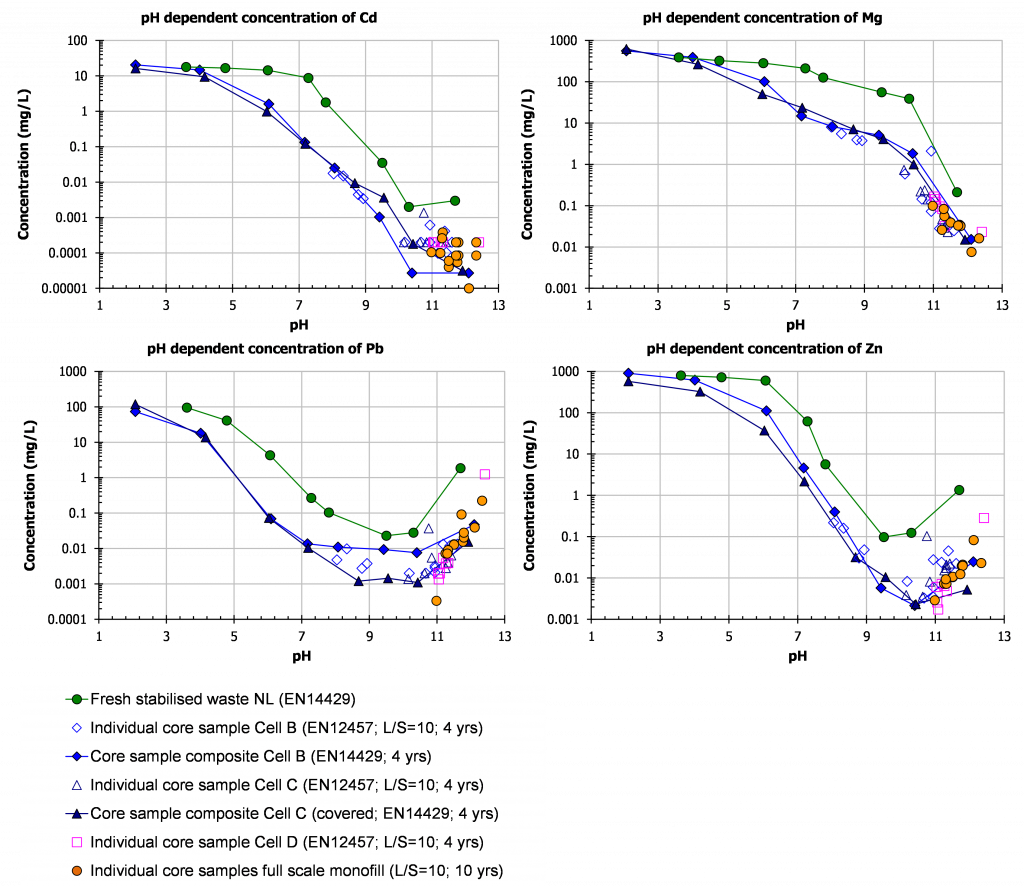
Figure 2. Concentration as a function of pH including pH-dependent test results on freshly stabilized waste following a 28-day cure interval, composited core samples obtained after four years from test Cell B and test Cell C, single point extractions according to EN 12457-2 on test cell cores and single point extractions according to EN 12457-2 on landfill core samples for Cd, Mg, Pb and Zn.
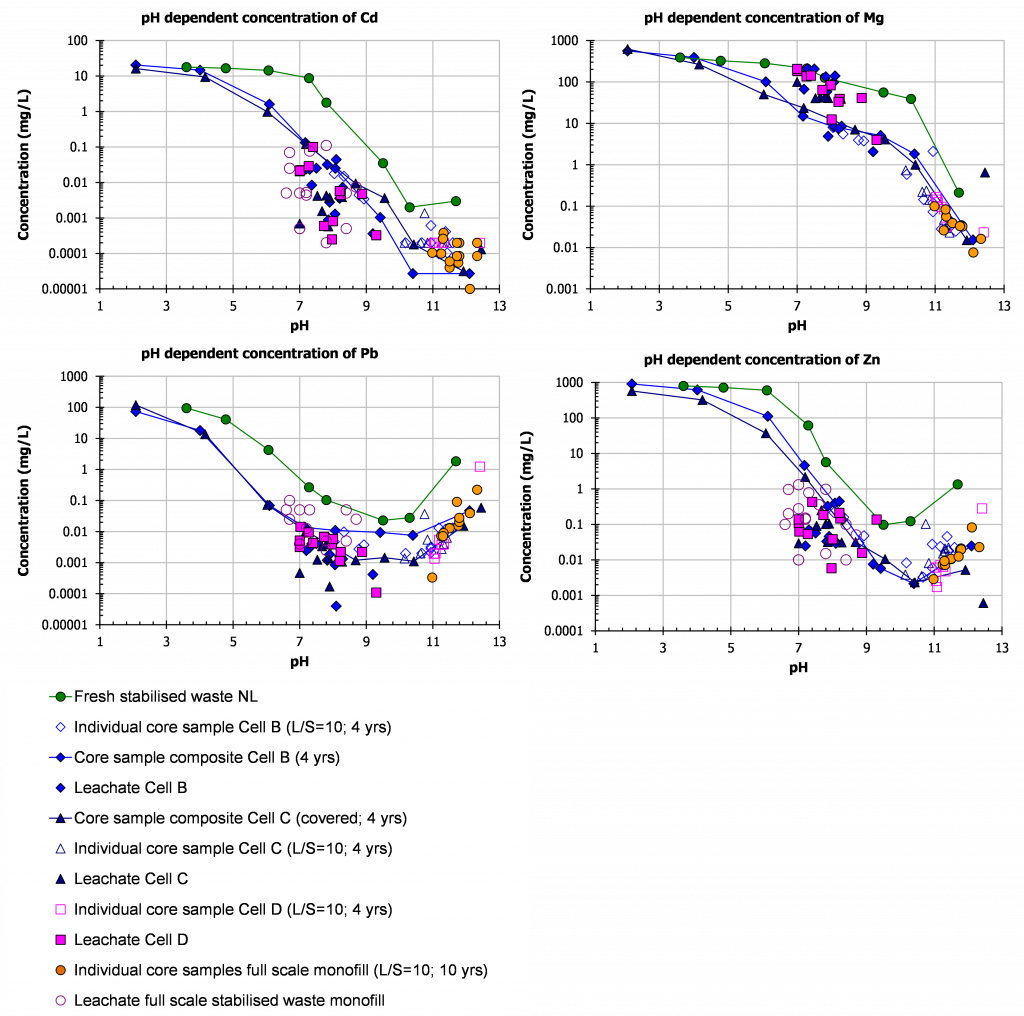
Figure 3. Same as figure 2, but leachate from test cells and full-scale site added for comparison.
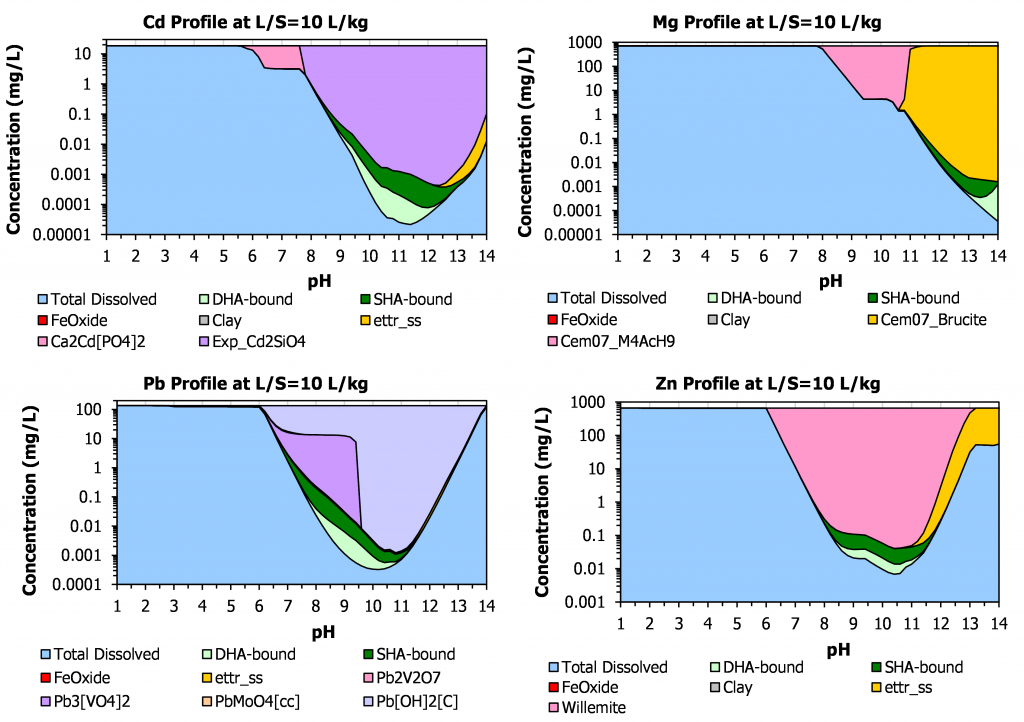
Figure 4. Partitioning showing solubility control of mineral and sorptive phases as obtained after geochemical modelling of Cell C pH stat data.
See separate file as illustration of the relationship between pH dependence according to EN 14429 and single step batch tests at L/S=10 (EN 12457-2) on sub samples of spatially divided core on a site: Lab to field data batch vs characterisation.pdf
Below results of geochemical modelling using LeachXS-Orchestra of EN 14429 results. Besides mineral precipitation, binding to clay, reaction with dissolved organic matter (DHA) and particulate organische matter (SHA), sorption to hydrated iron oxides (HFO) and “solid solutions” is taken into consideration. In the modelling the content available for leaching is used, which is defined as the highest leachable amount over the pH range pH 1.5 – 13. The available content is often only a fraction of the total content and is considered as the environmentally relevant fraction.
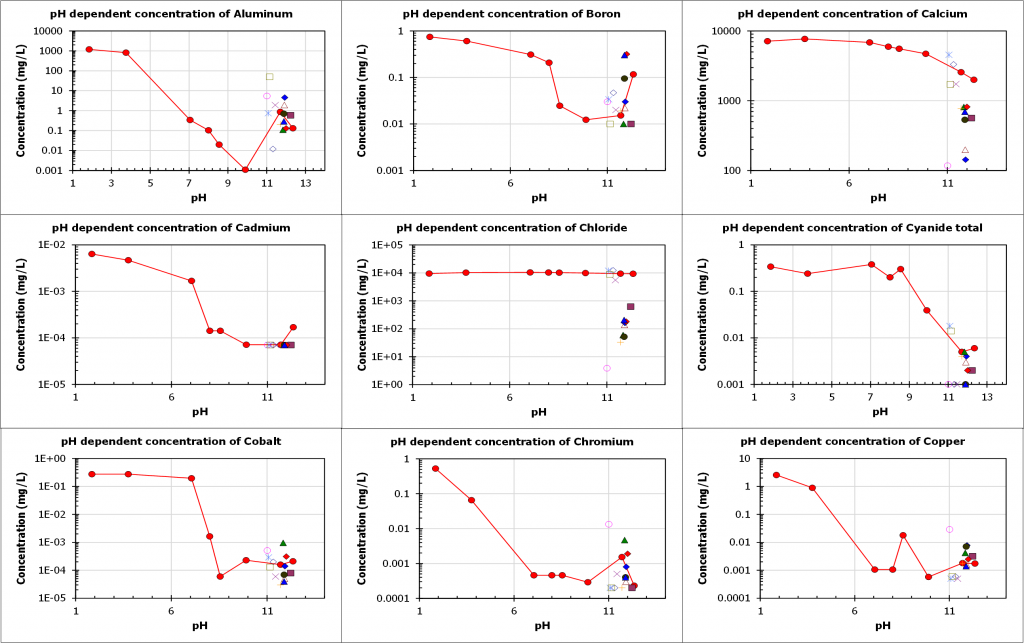
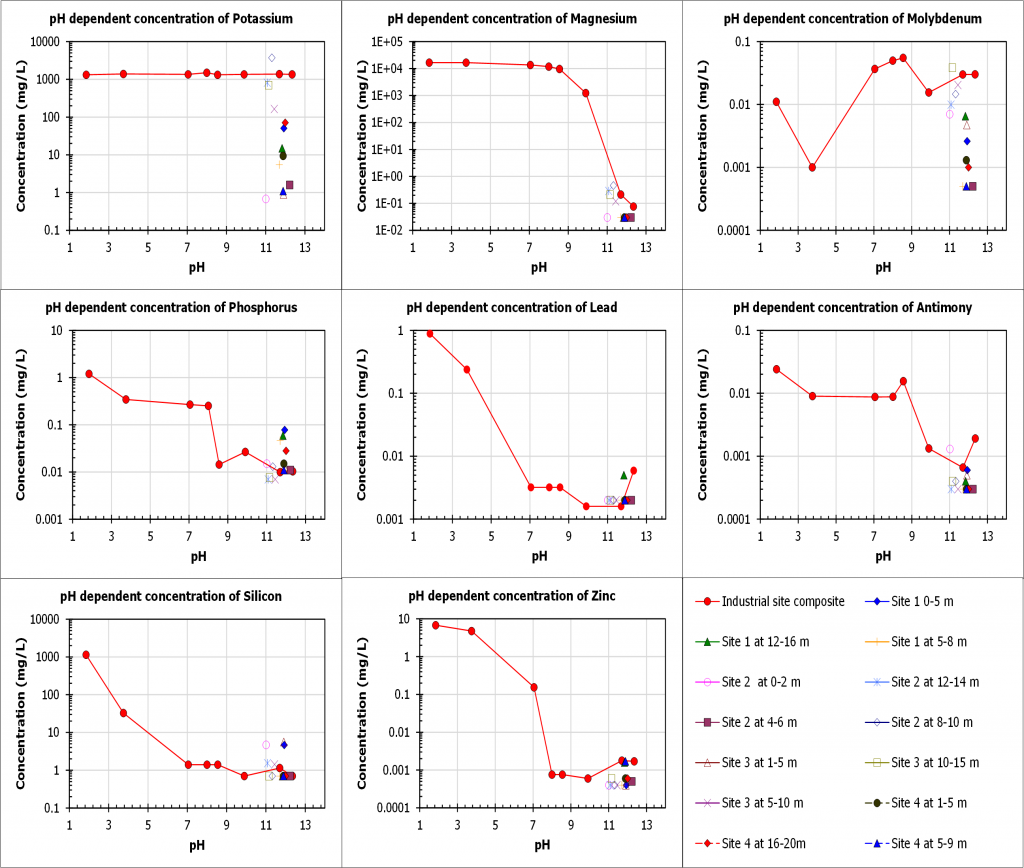
The geochemical speciation modelling info on this case is provided in pH Dependence-Industrial CN site.
In the framework of the Dutch Sustainable landfill project, a pilot study was set up to study Municipal sold waste (MSW) in a controlled bioractor to evaluate gas production. In parallel leaching studies were carried out on incoming waste and on samples taken after closure and subsequent excavation of the pilot study.
A composite sample of MSW representing organic rich waste was prepared from separately collected samples of waste prior to landfilling for testing the release behaviour from the bioreactor (45,000 m3) operated at the Landgraaf landfill (figure 2). Test results for this waste have been reported in the context of the Dutch Sustainable landfill project (2006). In 2010, the 8-year old pilot cell was dismantled, which provided the opportunity to sample material from different spatially distributed locations within the cell subjected to leachate recirculation and aeration cycles. Composite samples were subjected to laboratory characterization leaching tests (EN 14429, 2015 and PrEN 14405, 2015), while individual samples (figure 3) were tested using a single step batch leaching test (EN 12457-2; extraction with deionized water at liquid/solid ratio of 10 mL/g).
The integrated sampling, characterization testing and geochemical modelling approach has shown a remarkable consistency in leaching behaviour of highly heterogeneous MSW. The data points constituting the composite of the MSW landfill after 8 yrs of operation almost all fall rather nicely on top of the pH leaching curve obtained for the composite also in spite of variations in end pH. This indicates that the solubility controlling minerals and sorptive phases (here mainly particulate and dissolved organic matter) impose rather well controlled conditions in the porewater, which ultimately leads to leachate. Understanding the release controlling phases also allows prediction of leaching behaviour at the long term resulting from changes in DOC and DOC-sub fractions due to degradation of organic matter, changes in pH due to sulphide oxidation, or addition of more alkaline or acidic wastes to a mixture of waste. This level of predictability is very valuable for decisions about management options. Below results of modelling are indicated for a selection of elements with different behaviour (Ca, Mg, Cu, Mo, Pb and Zn). The full set of element behaviour from the MSW landfill is available here. A full paper illustrates what possibilities exist in predictive modelling of organic matter degradation.
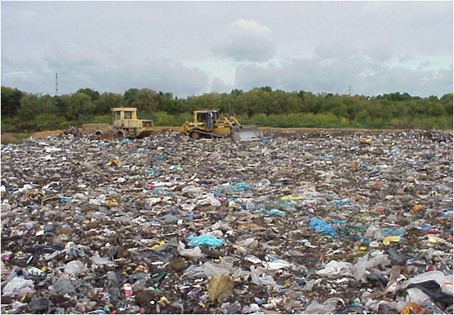
Figure 1 MSW Bioreactor Landfill being filled

Figure 2 Pilot MSW bioreactor excavation with indication of sampling points
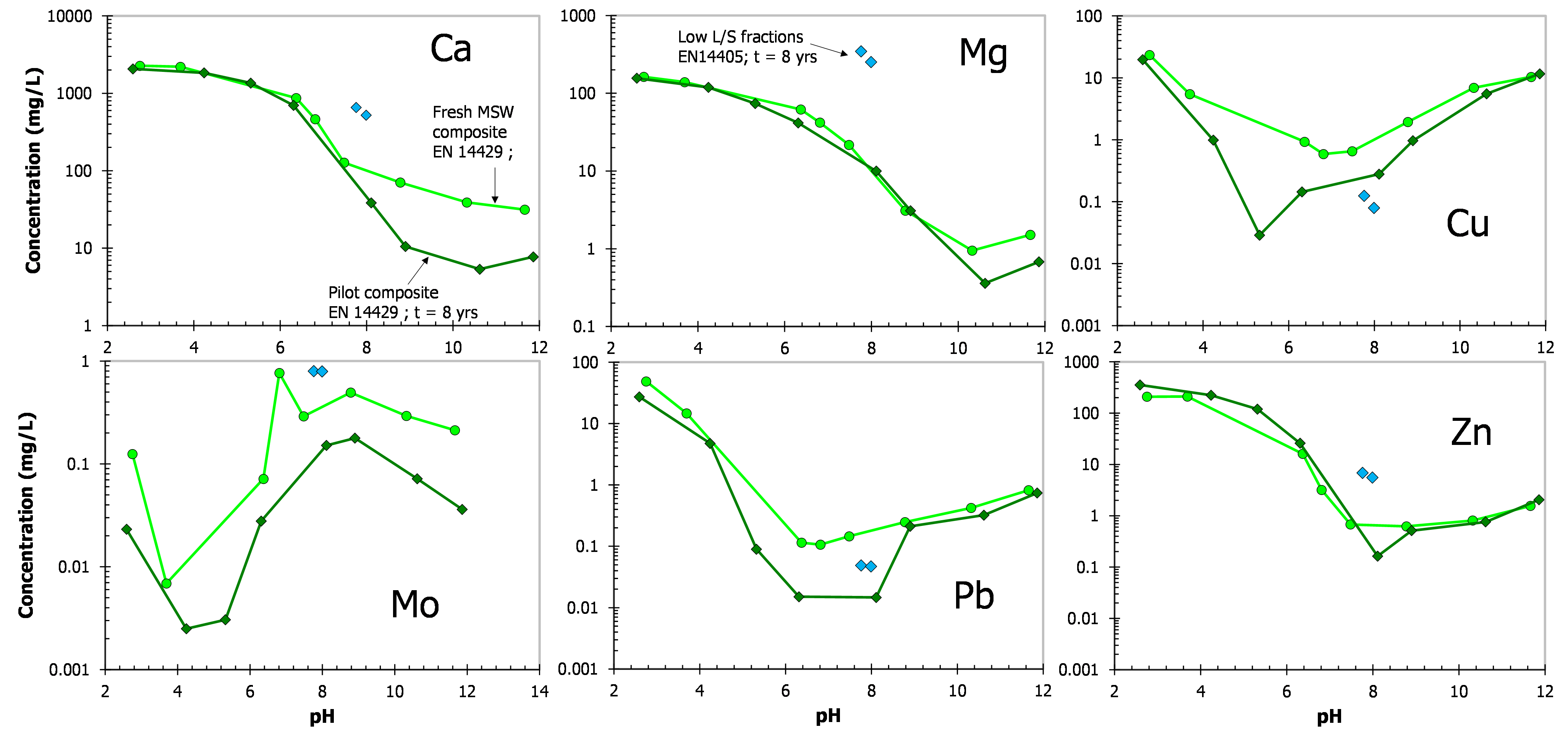
Figure 3 Comparison of pH dependent leaching behaviour (EN 14429) of fresh MSW composite and a composite of spatially distributed samples as shown in figure xx obtained after 8 years of bioreactor operation including the first low L/S fractions of the percolation test EN 14405.
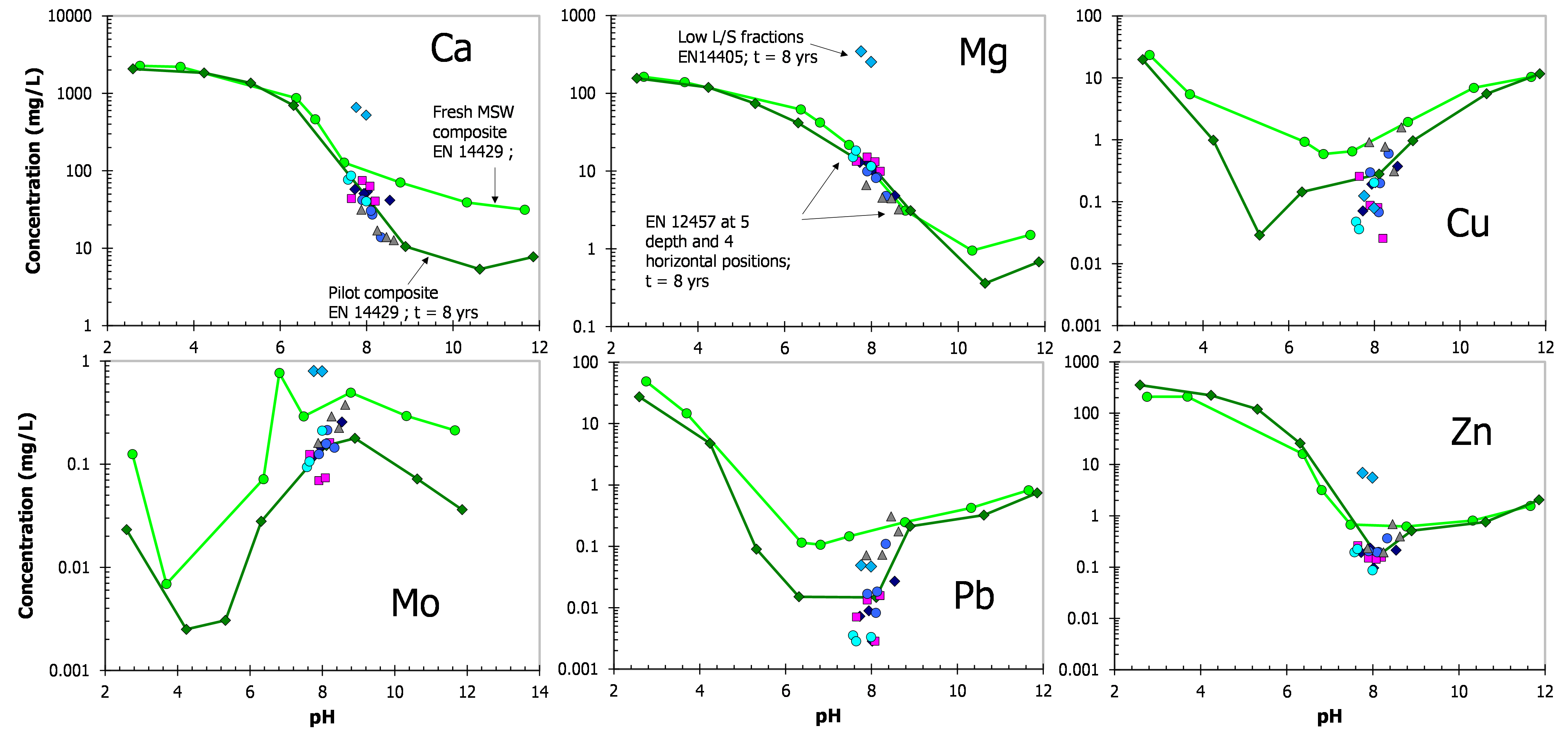
Figure 4 Comparison of pH dependent leaching behaviour (EN 14429) of fresh MSW composite and a composite of spatially distributed samples as shown in figure … obtained after 8 years of bioreactor operation including the first low L/S fractions of the percolation test EN 14405 with EN 12457 batch data of spatially distributed samples added.
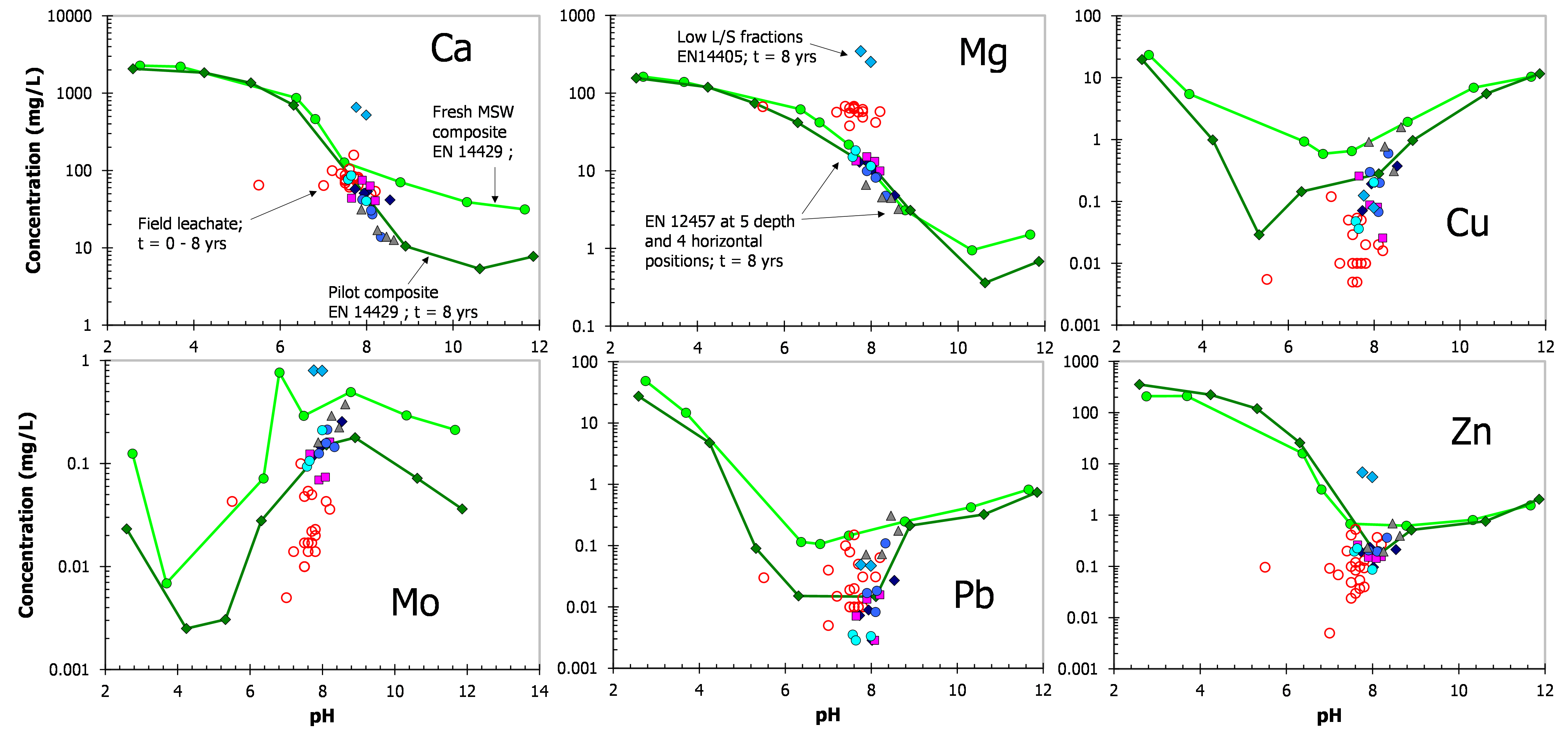
Figure 5 Comparison of pH dependent leaching behaviour (EN 14429) of fresh MSW composite and a composite of spatially distributed samples as shown in figure … obtained after 8 years of bioreactor operation including the first low L/S fractions of the percolation test EN 14405 with EN 12457 batch data of spatially distributed samples and field leachate data added.
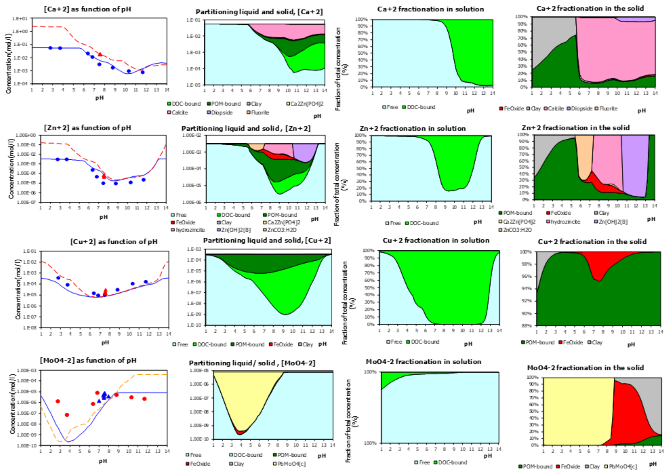
Figure 6 Illustration of phase distribution for Cu (dissolved and particulate organic matter dominated) and Mo (largely mineral solubility dominated).
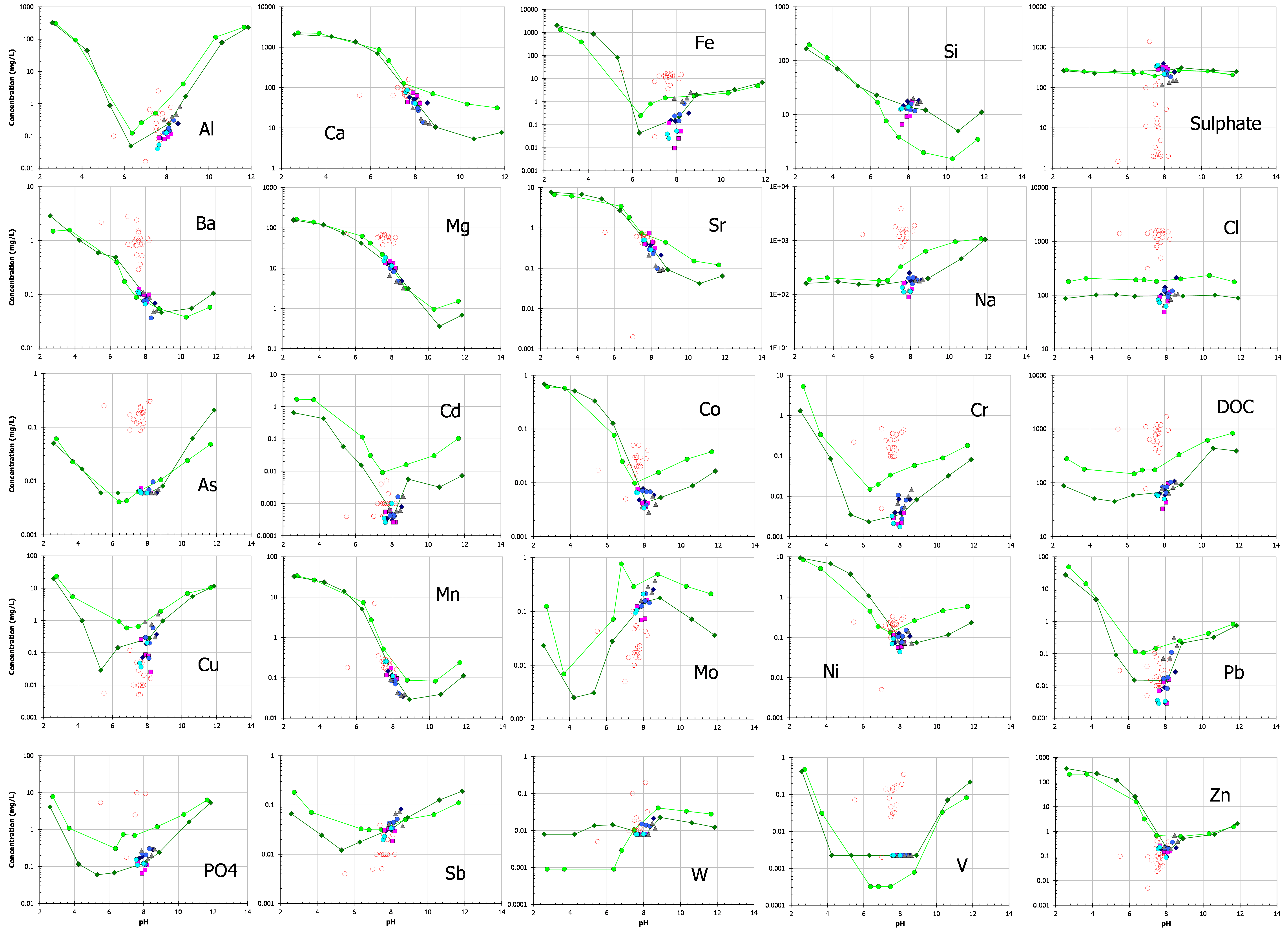
Figure 7 All elements MSW Bioreactor Landfill
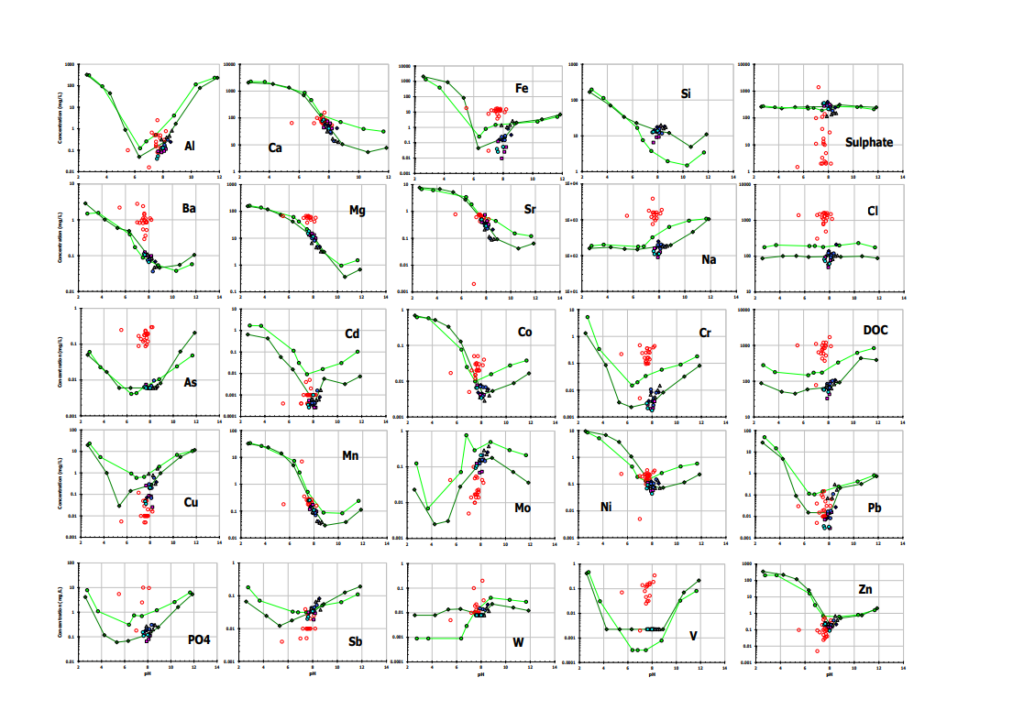
Regulatory approaches
Uncertainty
Treatment evaluation
Laboratory – Field comparison
Waste classification